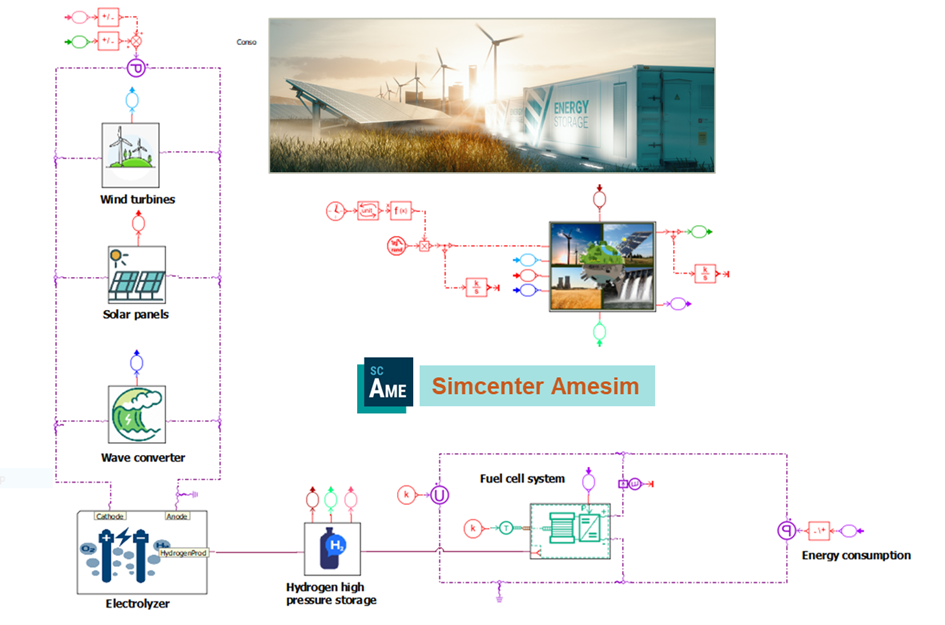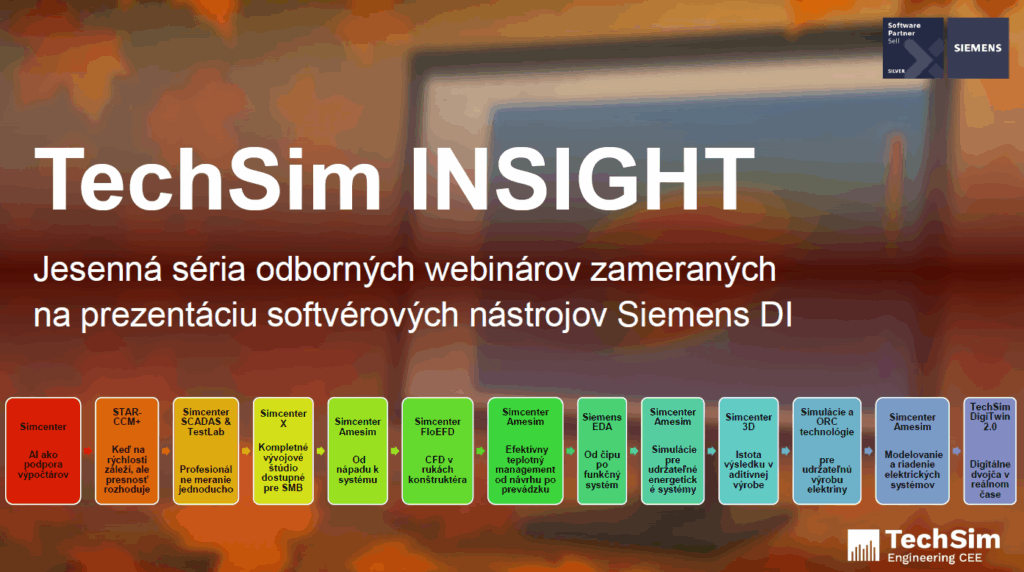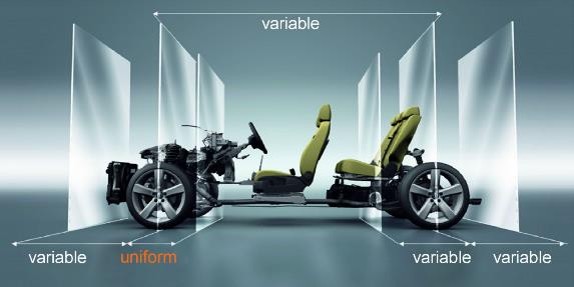In an era where sustainability is paramount, solar energy has emerged as a leading contender in the renewable energy landscape. Leveraging advanced technologies, the integration of solar photovoltaic (PV) systems has transformed how we harness and utilize solar power. Among the front-runners in this domain is Siemens’ Simcenter Amesim, a powerful simulation tool designed to optimize system performance and facilitate the energy transition.
Understanding Solar Photovoltaic Systems
At its core, a solar PV system converts sunlight into electricity through semiconductors. The basic principle involves the excitation of electrons within these materials upon exposure to solar radiation, generating an electric current. The development of solar panels and farms has enabled the large-scale deployment of this technology, supporting various applications from residential to commercial, and even industrial settings.
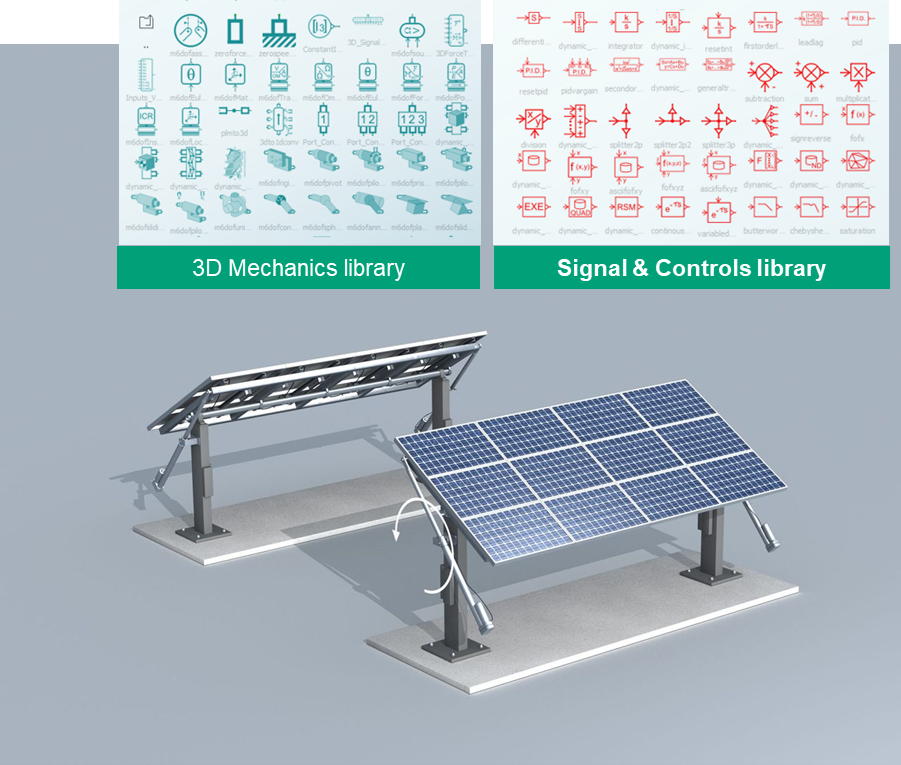
The Role of Simcenter Amesim
Simcenter Amesim stands out by offering multi-physics modeling capabilities, allowing for the simulation of intricate interactions within solar systems. This tool helps engineers address challenges related to efficiency, thermal management, and system integration. It can model components such as battery energy storage systems (BESS), power electronics, and even the integration of green hydrogen production—a crucial step towards achieving a sustainable energy mix.
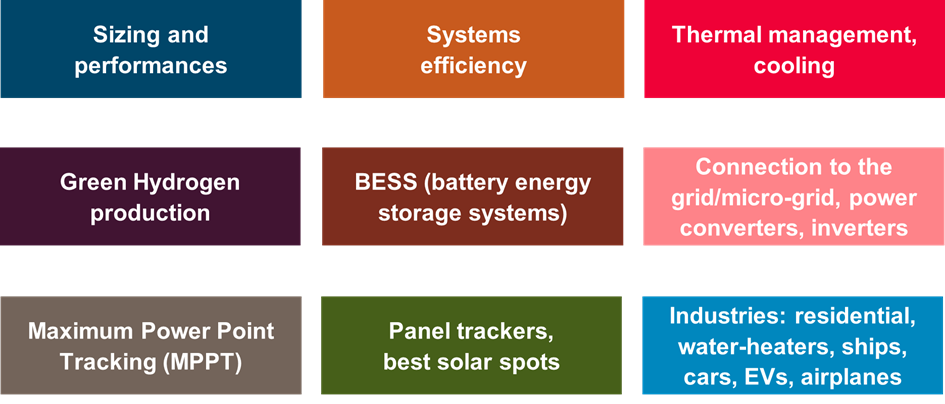
Key Features and Benefits
- Optimized Performance: Simcenter Amesim allows users to predict and enhance the performance of solar arrays under varying environmental conditions. By simulating different scenarios, engineers can identify the most efficient configurations and operational strategies.
- Maximum Power Point Tracking (MPPT): This feature dynamically adjusts the electrical load to ensure that solar panels operate at their peak performance. By analyzing real-time data, it helps to maximize energy output, even as environmental conditions change.
- Integration with Smart Technologies: The tool supports the integration of solar systems with smart grids and other renewable technologies, paving the way for a more reliable and resilient energy infrastructure. This synergy is crucial for managing fluctuating energy demands and ensuring a stable supply.
- Data-Driven Insights: With robust analytics capabilities, Simcenter Amesim provides insights into energy production trends, enabling better decision-making regarding energy management and infrastructure investments.
Challenges and Considerations
While the benefits of solar PV systems are substantial, there are also challenges to consider. The reliance on weather conditions can lead to variability in energy production, necessitating the inclusion of energy storage solutions to balance supply and demand. Additionally, the initial capital investment and complexity of system management require careful planning and execution.
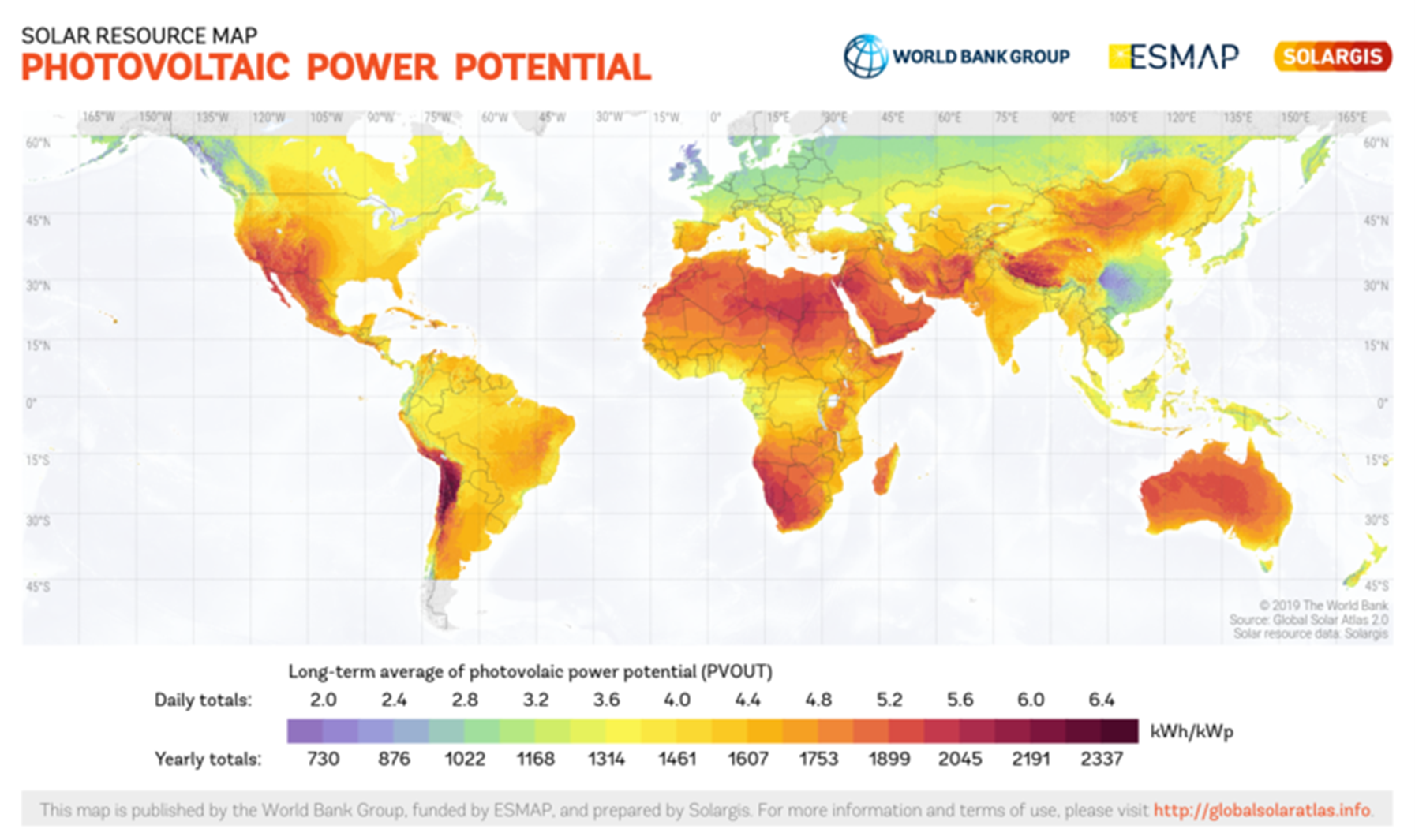
Conclusion
As we move towards a greener future, the role of solar energy cannot be overstated. Tools like Simcenter Amesim are essential in facilitating this transition, allowing for smarter, more efficient energy systems. By embracing these technologies, we can optimize our solar infrastructure and contribute significantly to global sustainability efforts. Whether in residential settings or large-scale solar farms, the potential of solar photovoltaic systems is immense, and with the right tools, we can unlock a sustainable energy future.
Takeaway
The integration of solar technologies represents a pivotal step in the broader energy transition narrative. With advancements in simulation tools and a focus on innovative solutions, we are well-equipped to meet the challenges of tomorrow’s energy demands.
